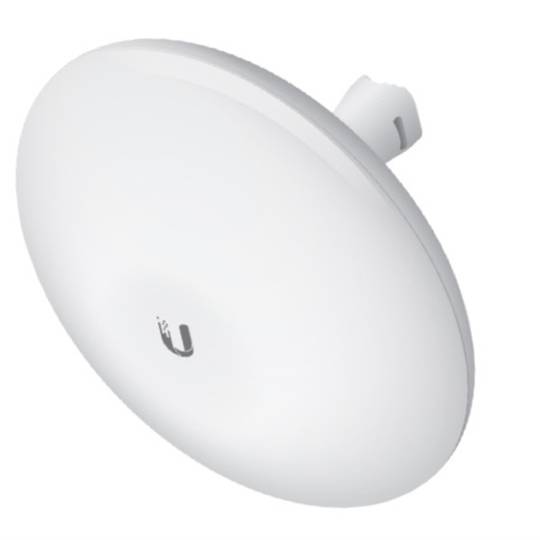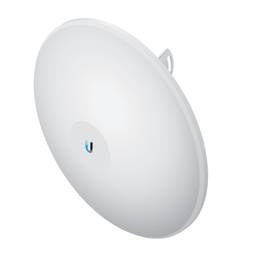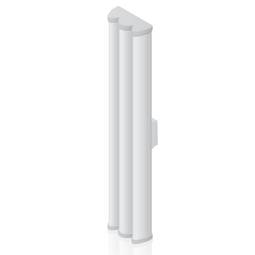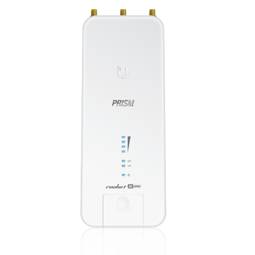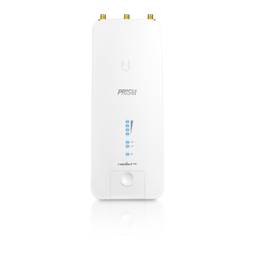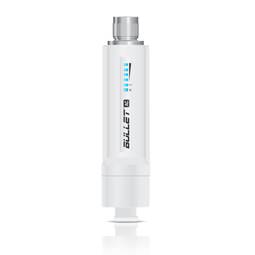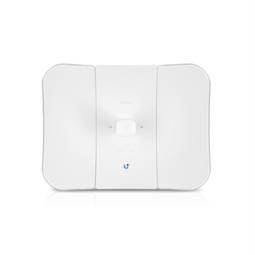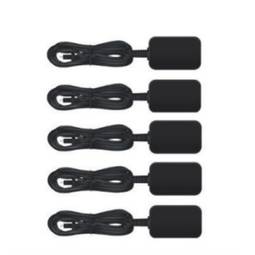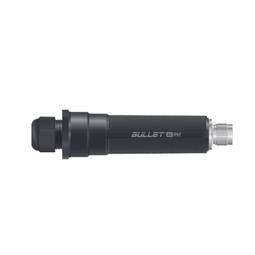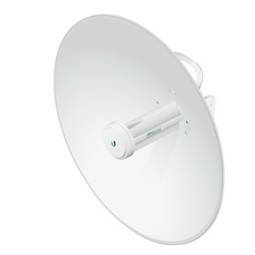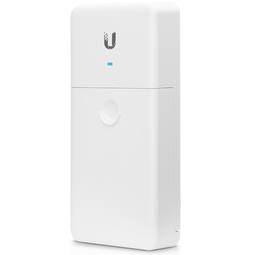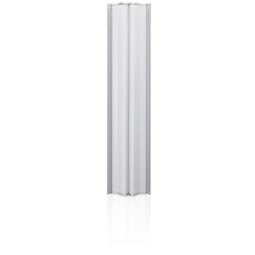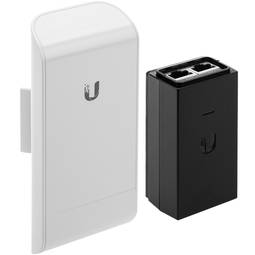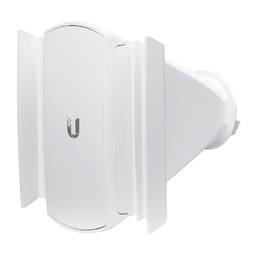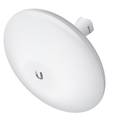12/22/2025 3:25 p.m.
https://cablematic.com/en/products/ubiquiti-nanobeam-m-airmax-5ghz-cpe-with-16dbi-nbe-m5-16-UI292/
https://cablematic.com/en/products/ubiquiti-nanobeam-m-airmax-5ghz-cpe-with-16dbi-nbe-m5-16-UI292/
Ubiquiti Nanobeam M AirMax 5GHz CPE with 16dBi NBE-M5-16
REF: UI292
Specifications
- Ubiquiti Networks NanoBeam M5 – A 16 dBi antenna with a 5 GHz frequency band.
- dual polarization; wall mount; White color.
- Power Requirements: 24V; power consumption: 500mA.
- Dimensions: 140 x 140 x 54mm.
- Ideal for outdoor uses to connect different devices to the network.
PVP
€61.09
Price including VAT:
€61.09
PVD
€56.57
PVP: Retail price.
Check conditions.
PVP: Sale price to distributors.
Check conditions.
9 business days
The delivery times are approximate and may vary depending on the selected carrier.
warranty
returns
safe
Specifications
- Ubiquiti Networks NanoBeam M5 – A 16 dBi antenna with a 5 GHz frequency band.
- dual polarization; wall mount; White color.
- Power Requirements: 24V; power consumption: 500mA.
- Dimensions: 140 x 140 x 54mm.
- Ideal for outdoor uses to connect different devices to the network.
More info
Ubiquiti's high gain wireless connection device designed to provide a 5 GHz wireless connection with a maximum gain of 16 dBi. Offers dual polarization to optimize wireless coverage. It can be mounted on the wall and comes in a white color. It requires a 24V power supply and consumes a power of 500mA. It has dimensions of 140 x 140 x 54 mm. Sold in one-piece packages. Manufactured by Ubiquiti with reference NBE-M5-16.
Specifications
- Ubiquiti Networks NanoBeam M5 – A 16 dBi antenna with a 5 GHz frequency band.
- dual polarization; wall mount; White color.
- Power Requirements: 24V; power consumption: 500mA.
- Dimensions: 140 x 140 x 54mm.
- Ideal for outdoor uses to connect different devices to the network.
- Compatible with 802.11a/n devices for high-speed wireless connections.
- Ubiquiti manufacturer reference: NBE-M5-16.
- Gross Weight: 1.0 kg
- Number of packages: 1
Technical terms
- Hz
- dBi
Hz
One hertz is one cycle per second, meaning repeating cycle as an event. For example, hertz is applied physics measuring the number of times for a second wave (either acoustic or electromagnetic) is repeated or can be applied, among other uses, to ocean waves that reach the Beach vibrations per second or a solid. The quantity that measures the frequency hertz is called,in this regard, the inverse of the period. One hertz is an oscillation frequency of suffering a particle over a period of one second.




